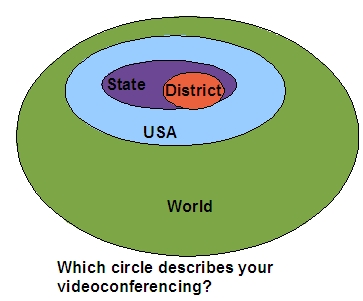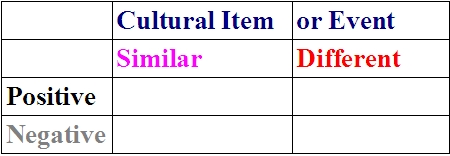I recently read some information that teachers feel that their students benefit from videoconferencing since there are standards. Content providers usually provide a standard (or standards) for each videoconference. I’ve looked at the standards supplied by various content providers and I’ve noticed that usually the providers do not supply a specific subcomponent of the standard. The providers indicate the standard at its most general level. My biggest objection is that the content providers are supplying the standard and not the classroom teacher.
The classroom teachers should be selecting content providers’ programs based on the subcomponents of the standards that they want their students to achieve. The classroom teachers should be verifying that the activities in the videoconference lead the students to the highest level of thinking in the standard subcomponent. The classroom teachers should make sure that assessment of the standard subcomponent is included in the videoconference or very soon after the videoconference. Classroom teachers should not leave standards-based learning to a videoconference content provider.
How do help your videoconference content provider to meet your standards-based learning?
—




